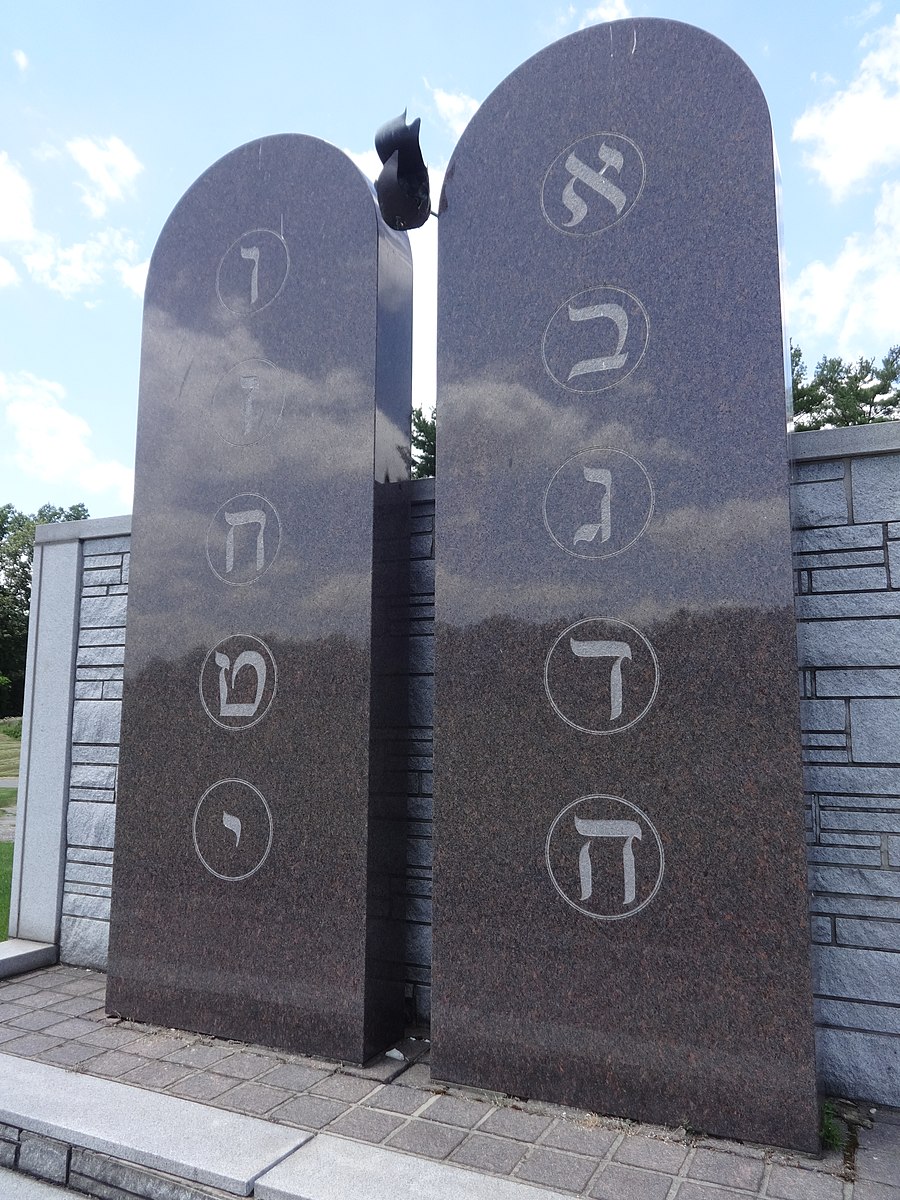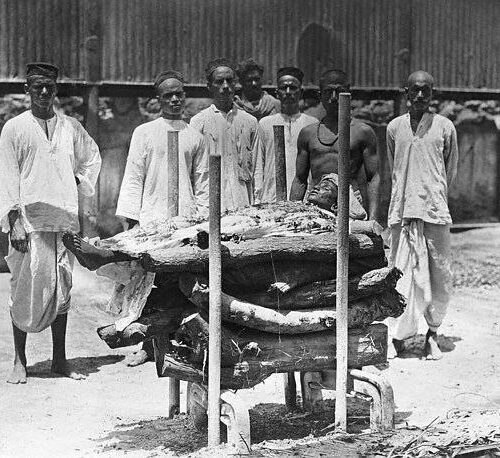Grieving in North America: Tulane student, Molly Phillips, experienced the loss of her best friend on August 8, 2021. Jaclyn Ehrlich, the friend who passed, was loved by the entire Camden County community. While Ehrlich moved to Florida prior to her passing, a memorial ceremony was held at a local funeral home in Cherry Hill, New Jersey where impactful and positive memories about her endless love for the Philadelphia Eagles and how she loved doing little things to make people she loved smile by surprising them with a thoughtless treat. Molly shared with me that one time she was stressed about a high school exam, the smallest thing compared to what Jaclyn was going through, and seconds after Molly told Jaclyn this, there was a knock on her door and there at the front step was Jaclyn with a plate full of her famous pumpkin cookies and Molly’s favorite Wawa coffee.
The room at the memorial was so full that people had to stand seatless. The father of Ehrlich, Brian, got up on the podium and told the audience full of people who loved his daughter and said, “use the death of my beautiful daughter as an inspiration, NOT an excuse.” Following the memorial service, shiva was held, as Ehrlich was a young Jewish woman. It is a ritual to bring food to give off a sense of comfort and flowers are highly discouraged when sitting shiva. Flowers die and wilt. This is why Jews do not give them at shiva since they can come across as a symbol of death to those mourning. When at a Jewish funeral, the casket is closed, black is worn, and Jews line up and hug the family in the front row who just lost a loved one. At a catholic funeral, typically, the casket is open and the people coming to say their prayers and goodbyes peak their heads over the casket to get one final look and give their blessings. They do this as a form of closure and final goodbyes to give the dead peace, love, and a moment of honor. Most catholic forms of grieving include a viewing or wake prior to the ceremony. Catholics have this as a form of forgiveness. Jews keep the casket closed, and during the burial, one member at a time uses a shovel backward to pour dirt onto the casket that rests in the grave. Jews do this to “wish for the soul to find peace”.

Following the funeral, a burial occurs and the casket is brought to a cemetery. A year later the tomb stone is put over the casket and can look as beautiful as this example. (Photo by: Bohemian Baltimore)
After the community let Brian Ehrlich’s words marinate in their minds, the grieving was put towards working tirelessly to find ways to carry on Ehrlich’s legacy and create platforms, articles of clothing, websites, and funds to support and honor the beloved Jaclyn, who they all unfortunately and collectively lost.
On November 8, 2021, a limited edition Happy Jac(k) sweatshirt was created and posted on all platforms of social media. This brand was Ehrlich’s favorite. Jaclyn’s two best friends, sister and family friend, came together to develop this hoodie where 60% of the proceeds from the sweatshirt sold went to the Ewing Sarcoma Foundation, which was the rare form of bone cancer Ehrlich battled. Since Jaclyn was a “positive, upbeat, and wonderfully creative 18-year-old,” as stated by Molly Phillips, the community felt this best-suited grief – to with distraction and strictly uplifting actions. In doing so, the Happy Jac(k) team raised over $21,000 for the Sarcoma Foundation. As for Jaclyn Ehrlich’s GoFundMe page, which was also donated to the same foundation, the community came together and raised over $71,000 in Jaclyn’s name and honor. This spring, there will be a $55,000 grant in Jaclyn’s honor given out from the Sarcoma Foundation. In regard to a persons’ mindset following a donation or form of fundraising, “he or she is more likely to pursue emotionally meaningful long-term-oriented goals. Thus, the consideration of how one might spend his or her time is likely to activate a mindset in which the person focuses on emotional meaning and well-being.” Doing things with a positive mindset helps to further future goals and outcomes. Grieving is something that comes with experience and age.
The sister of Jaclyn Ehrlich said she could not help but ask “Why? Why Jaclyn? How am I supposed to continue life without my other half by my side and a phone call away?” There is no true answer but a South Jersey Rabbi explained to Phillips that feeding the soul of the one you lost is the only way to keep that person with you. Rabbi Krupnick said, “Her soul has been released from her failing body, but that soul will live on through each of you.” While people may not physically be here anymore, their souls live with and through you and the actions you take on to keep their past and future alive.
Grieving in India: Put Molly Phillips in the shoes of someone who practices Hindu laws. The laws of Hinduism consist of destroying the body, as no one lives within it, so they feel it is better to let the body go. According to research from Springer data, “The Sanskrit word for death, “dehanta,” means “the end of body” but not the end of life.” Hindus feel that there is no personal connection to the deceased anymore since they are not exuding the life that once lived within them.
Prior to the cremation, the Ehrlich family must wash Jaclyn’s body with “special ingredients, such as milk, honey, ghee, and yogurt” and marinate her hands with “sandalwood for men and turmeric for women.” Within twenty four hours of Jaclyn’s death, not considering the preference of Jaclyn’s family, only male family members and a male priest would gather at the crematorium to watch the burning of the deceased. Aside from that, the thirteen day mourning period would begin for the immediate family. As the men watch the soul leave the body at the crematorium, they stand and silently practice their prayer rituals, which come from Hindu practices. At home, both Jaclyn’s mom and sister wait as no one outside of the immediate family can step foot in their barricaded home since the immediate family is “considered impure”and are forced to follow and abide by their specific rules of behavior.
Following the cremation, the group would return to the home of Jaclyn, where they would “perform Hindu death rituals such as ceremonial bathing. Following their bathing, they will clean the house, as it is a Hindu belief that when someone dies, their home and its inhabitants are left unclean and impure.” This time period would be really hard on Brian Ehrlich’s business as he runs his own Chiropractic practice. He would not be able to leave the home and continue helping others since it would be completely forbidden. Changing jobs and moving out of their home is taboo and is seen negatively during the switch into the year long mourning period that follows the gruesome thirteen days. The feelings of mourning could pent up inside during the twenty-four hours trapped inside the home prior to the cremation time. Knick-knacks in the house make memories come pouring back. Molly then would practice rules and behaviors that forbid them from other cultural mourning norms. Cleaning the memories away of Jaclyn’s life, organizing her things and putting them away in a place that could not be constantly touched, holding the hands of those who live in that home would not be allowed. That place would become a locked sanctuary. To this day, almost nine months later, the Ehrlich family is still not ready to go through Jaclyn’s belongings, jewelry, and clothing while experiencing American grief styles. But in the Hindu laws, this would have already been done.

This photo displays a Hindu memorial process displaying the pure white outfits, the cleaned body, and the gathering of only male family members prior to the cremation process. (Photo by: Unknown)
Based on research from Becki Andrus, “Since the faith centers on reincarnation, Hindu funeral rituals help each person through this transition.” How their funerals work is a funeral or visitation, which is done within the family’s home right after a person’s passing is held. Following that, a cremation ceremony typically will occur within the first 24 – 48 hours Then, a shraddha ceremony, to pay homage to the person’s ancestors, often takes place about 10 days after death takes place. Hindus follow “western standings”.
During the mourning of their loved one, Jaclyn’s family must “display a photo of the loved one in their home, with a garland of flowers adorning the photo frame.” The mourning period can actually range between 10 to 30 days, but the thirteenth is the significant day, as it is the ritual of Preta-karma. Jaclyn’s photograph hanging up or placed in a special part of their home is meant to bring a form of peace and remembrance to her family.This is a ritual ceremony that occurs usually on the thirteenth day of mourning. The purpose of this is to “release the soul to support reincarnation.” Different from Americans, Hindu’s find it utterly inappropriate to wear black to a funeral. Jaclyn’s family will have to wear white that covers their knees and arms. The mourning period can result in a year-long time of grief, but rituals tend to end between the discussed period of time. Every family does it differently, but according to the Ehrlich’s, they want to keep the soul alive by continuing the hopes and dreams of their beloved Jaclyn Ehrlich.
 NOLAbeings
Multimedia artist Claire Bangser created NOLAbeings as a portrait-based story project that marries...
NOLAbeings
Multimedia artist Claire Bangser created NOLAbeings as a portrait-based story project that marries...
 Data corner: Adobe Suite (create a PDF, social media graphic, presentation, edit a photo and video
Data corner is where you go to work with analytics and top tech skills. It takes on everything from PERL and SQL to Canva and Sprout Social.
Data corner: Adobe Suite (create a PDF, social media graphic, presentation, edit a photo and video
Data corner is where you go to work with analytics and top tech skills. It takes on everything from PERL and SQL to Canva and Sprout Social.
